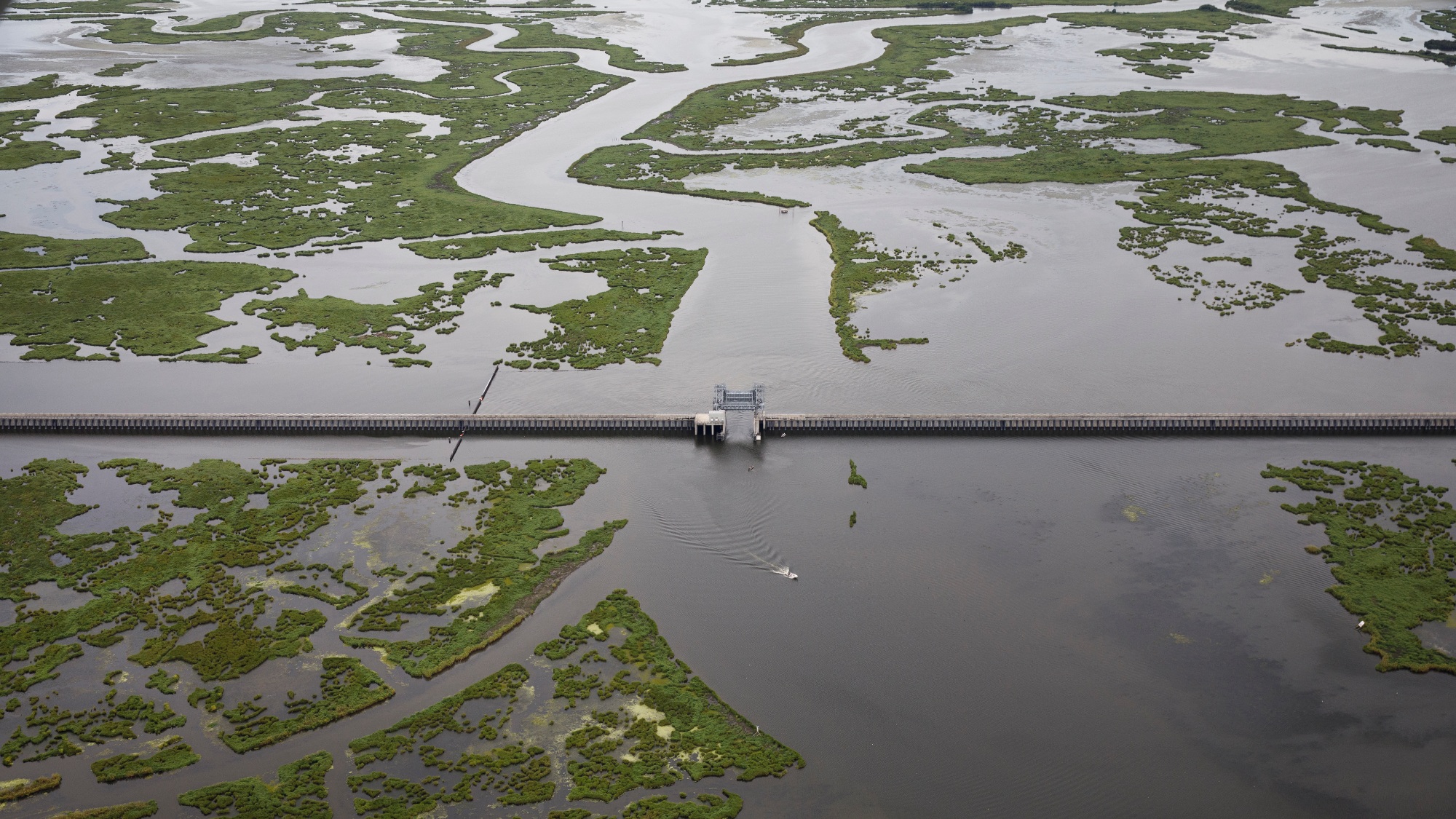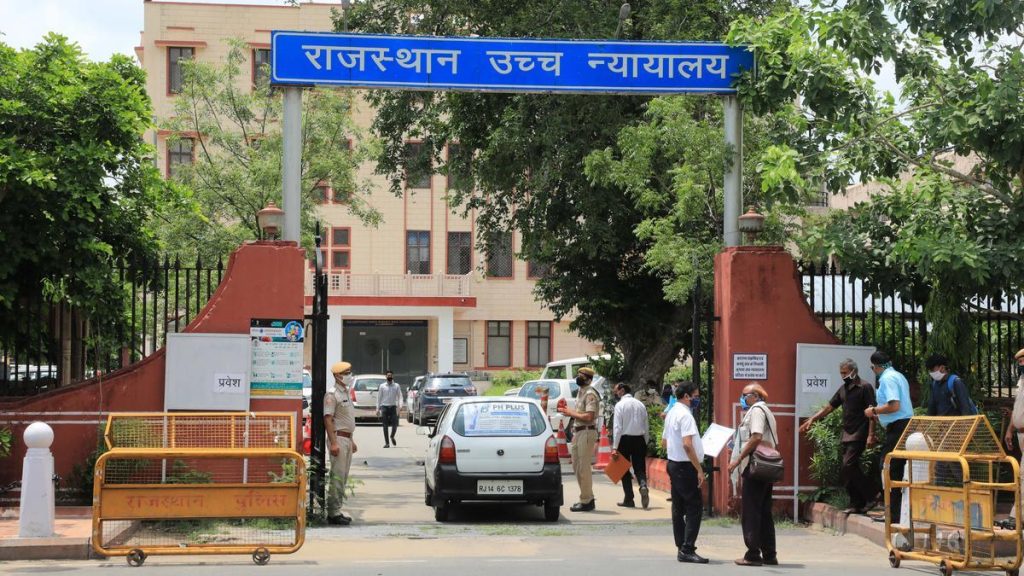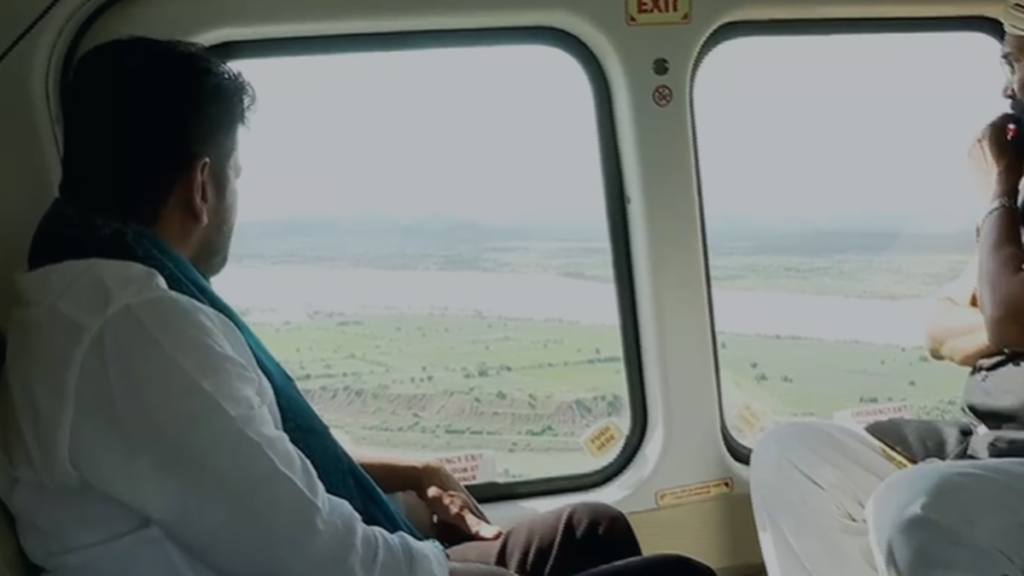Now Reading: 20 Years After Katrina: New Orleans Faces Sinking Levees and Funding Woes
-
01
20 Years After Katrina: New Orleans Faces Sinking Levees and Funding Woes
20 Years After Katrina: New Orleans Faces Sinking Levees and Funding Woes

Swift Summary:
- Hurricane katrina devastated New Orleans 20 years ago, killing nearly 2,000 people and causing $150 billion in damages.
- The U.S. Congress allocated $14.4 billion to rebuild the levee system into one of the world’s most sophisticated flood protection networks, known as the Hurricane and Storm Damage Risk Reduction System (HSDRRS).
- Key projects included 200 miles of levees, massive pump stations, surge barriers such as Lake Borgne Barrier (built to withstand surges up to 26 feet), and decommissioning environmentally damaging structures like the Mississippi River-Gulf Outlet shipping channel.
- Despite initial success in protecting against hurricanes like ida (2021) and Isaac (2012),challenges persist: rapid local land subsidence (up to 2 inches annually),rising sea levels (~0.5 inches annually), federal budget cuts for maintenance inspections by FEMA and U.S army corps of Engineers, and state-level funding reductions in Louisiana.
- Governor Jeff Landry’s governance changes over Louisiana’s Flood Protection Authority have raised concerns amid cuts to sediment-diversion projects that could replenish protective wetlands.
- Experts warn that future storms exceeding current system capacity are unavoidable without action; larger systemic resilience efforts are required alongside levee maintenance.
Indian Opinion Analysis:
The new Orleans case presents valuable lessons for India regarding urban disaster resilience planning amidst climate change threats. Much like India’s vulnerable coastal cities facing flooding risks due to erratic monsoons or cyclones exacerbated by rising seas, systemic investments similar to HSDRRS can extend city lifespans while mitigating loss of life during extreme weather events. However, constant repairs due to high rates of land subsidence parallel challenges faced by Indian regions prone to soil erosion or sinking deltas such as Sundarbans.
India should also note Louisiana’s eventual reliance on state budgets post major federal rehabilitation-a cautionary tale relevant for Indian states equally burdened with resource constraints after initial central government disaster interventions fade away.
To achieve sustained mitigation efforts beyond “hard engineering,” India may need broader ecosystem approaches akin to New Orleans’ abandoned sediment replenishment programs-restoring mangroves rather than fully relying on levees alone creates long-term buffers while reducing economic losses tied strictly toward infrastructure upkeep demands over time.
Read more: Link
























